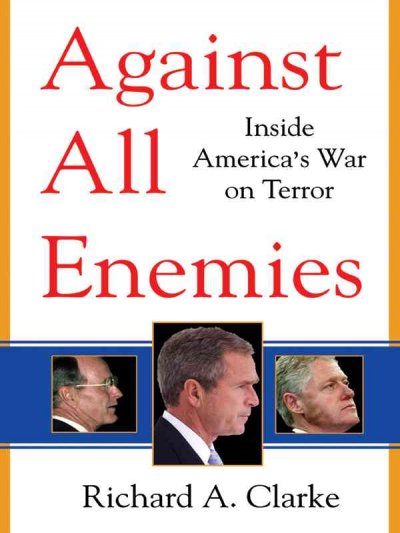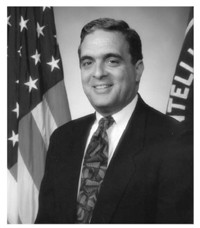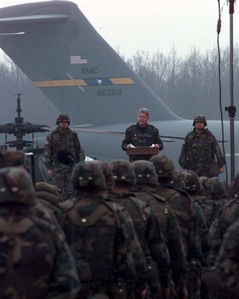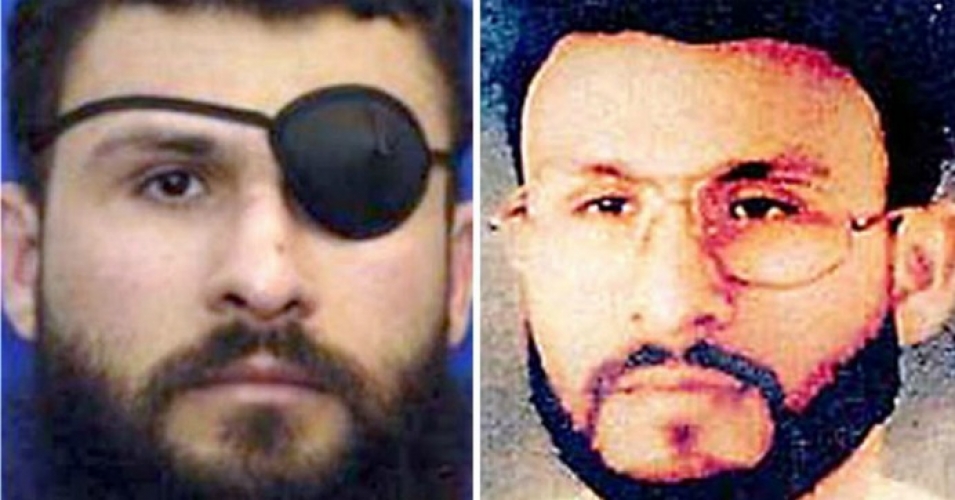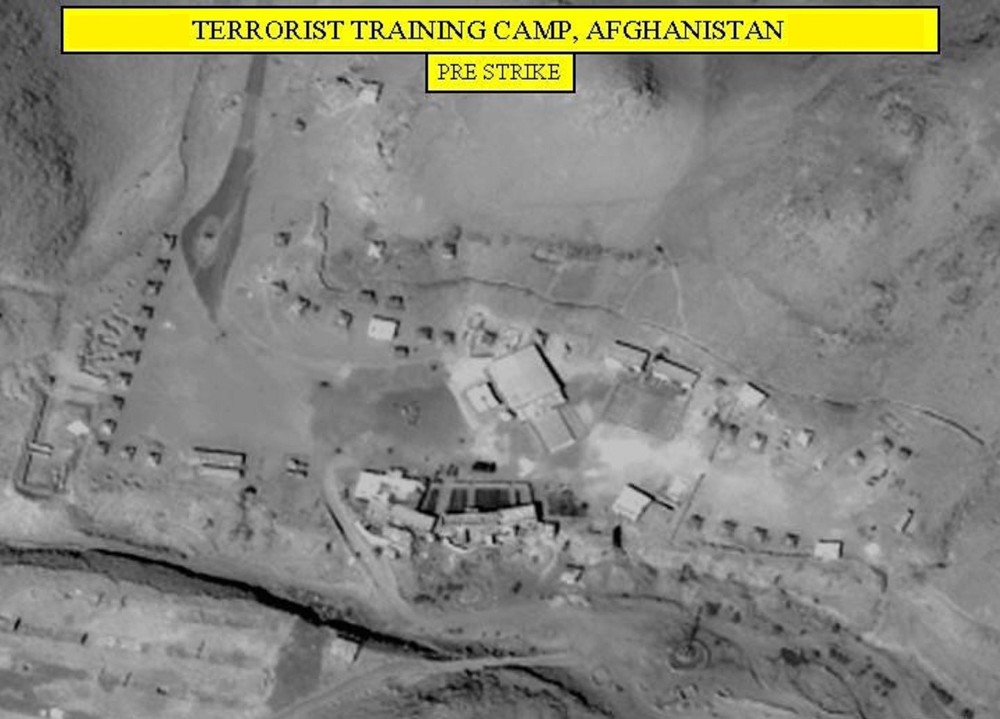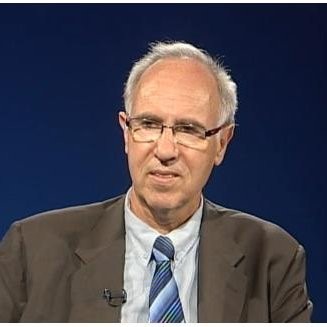The Washington Post reports that the CIA has launched its largest recruiting campaign since the Cold War, looking for linguists in Arabic, Farsi, Korean, Chinese and other languages increasingly in demand given the “proliferating new dangers” of the post-bipolar world.
“To increase the effectiveness of its campus recruiting, the CIA has narrowed its focus to 66 colleges and universities with which it either has—or hopes to develop—close recruiting ties. The list includes the Massachusetts Institute of Technology, Harvard, Cornell, Maryland, Virginia, Virginia Tech, Howard, Grambling, Brigham Young, Texas A&M, Texas, Michigan, Ohio State, Purdue, Stanford and Berkeley.”
The exercise would be a bust for three reasons: One, that “native” speakers and people of color were often also turned away from the Agency because they could not get security clearances or were not the “type” of person that fit with the lily-white Agency. Second, the personnel and promotion systems of the Agency often mis-utilized skilled linguists, relegating them to translation and administrative tasks rather than prestigious case officers. And three, the emergence of machine translation, which seemed to suggest that the old, large pools of Russian linguists were no longer really needed.
In any case, the “high-demand/low-density” languages have never been fully subscribed and by 9/11, there were only a few dozen Arabic speakers focused on counter-terrorism and very few actually running the “war” against bin Laden.
